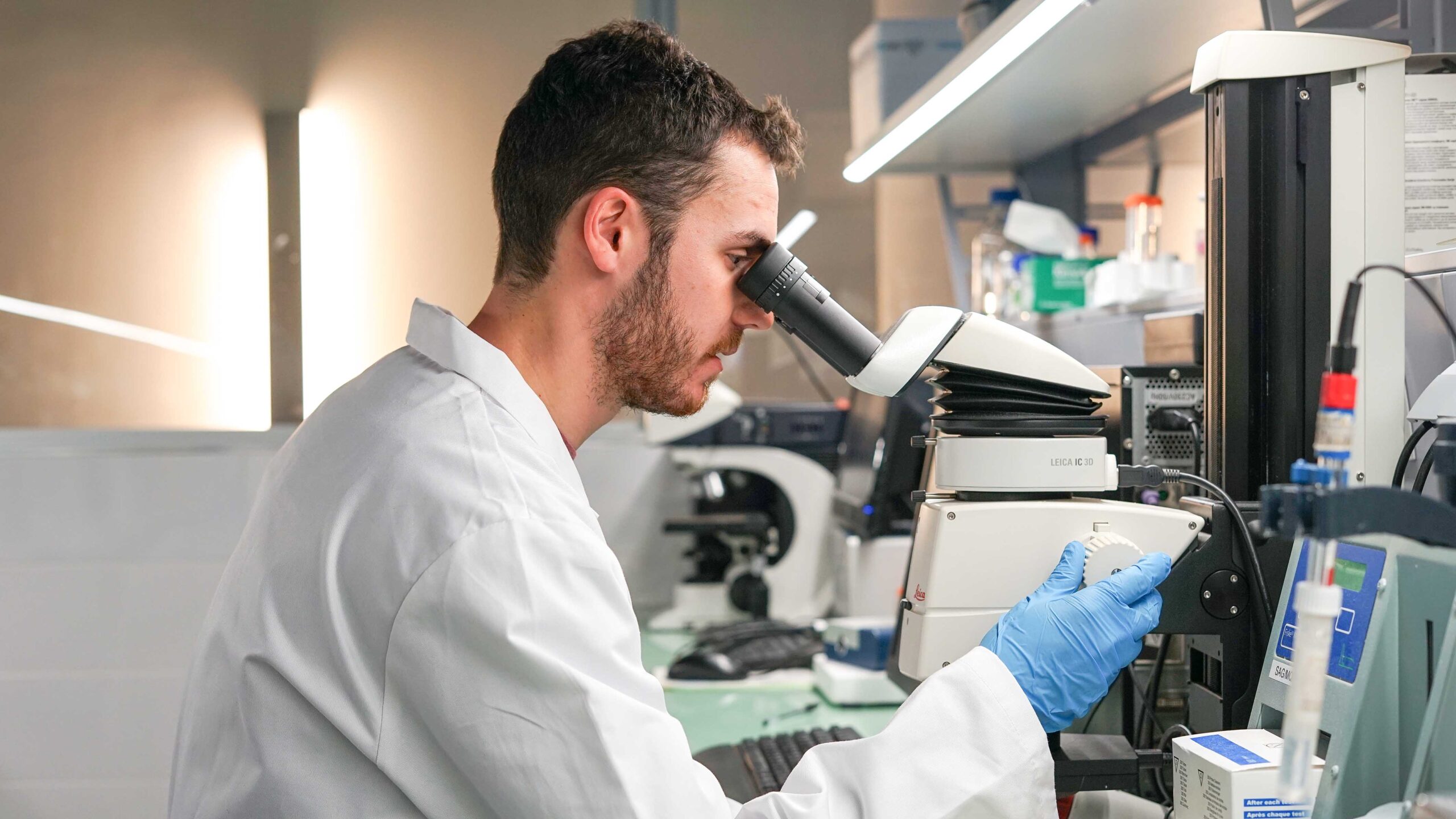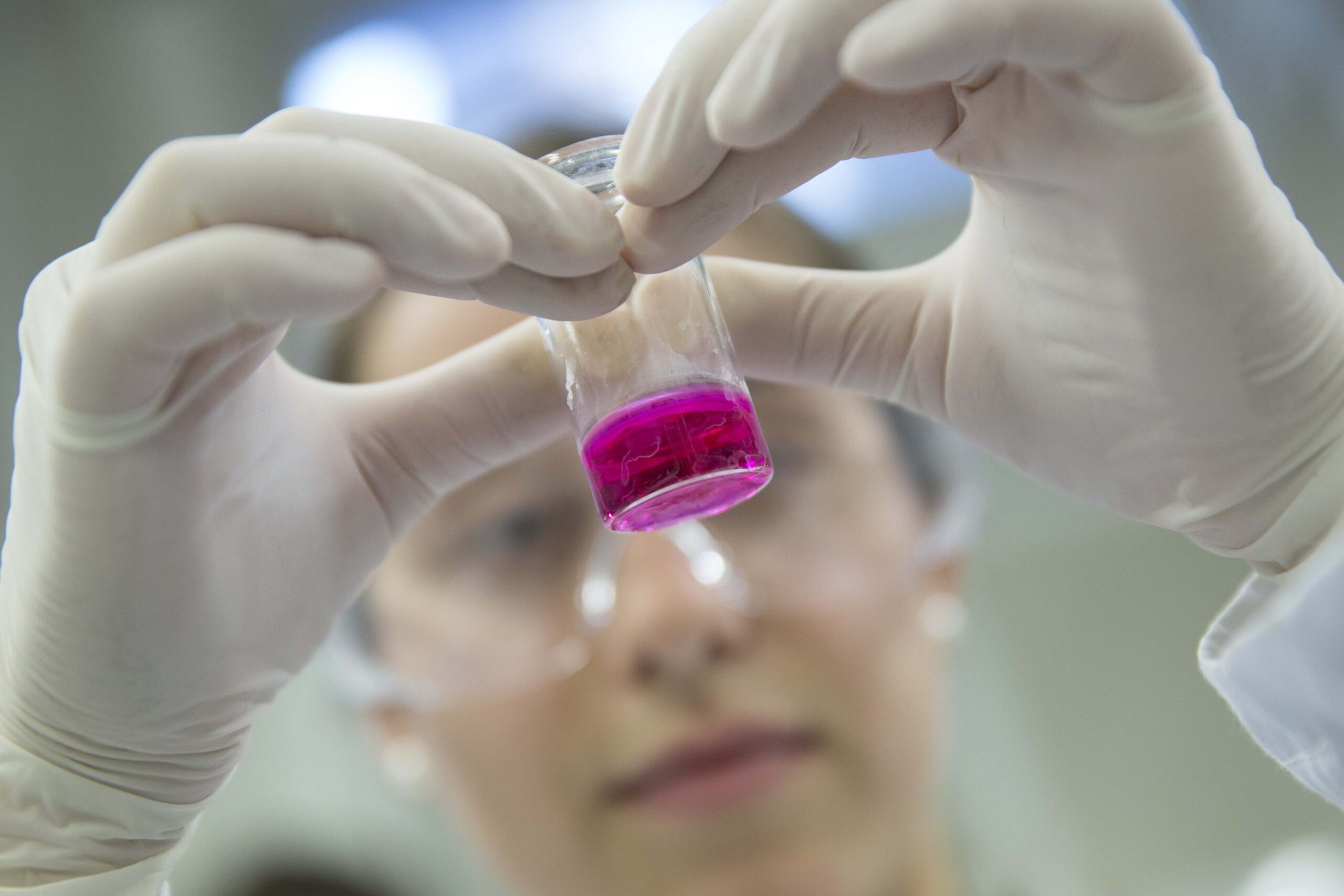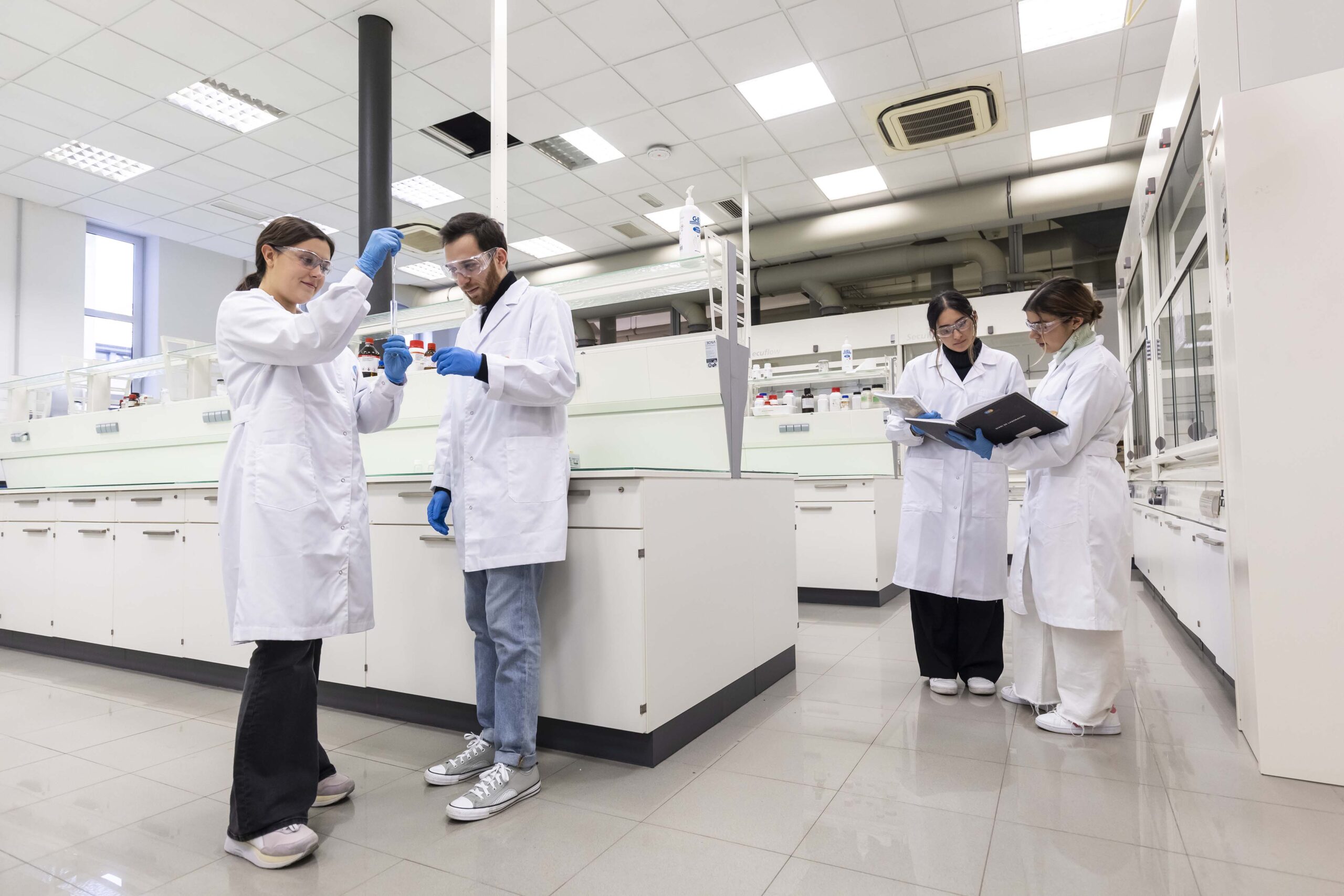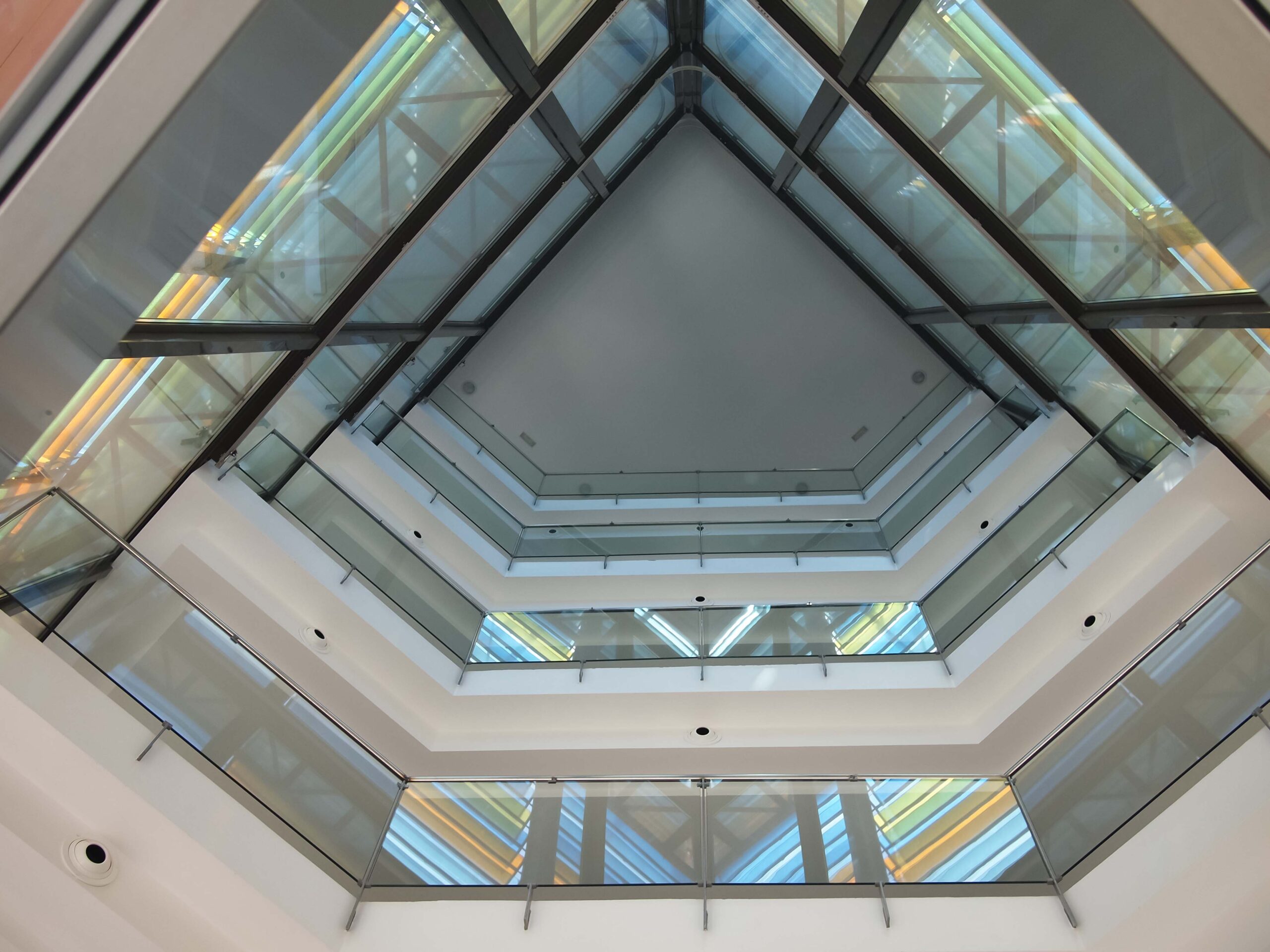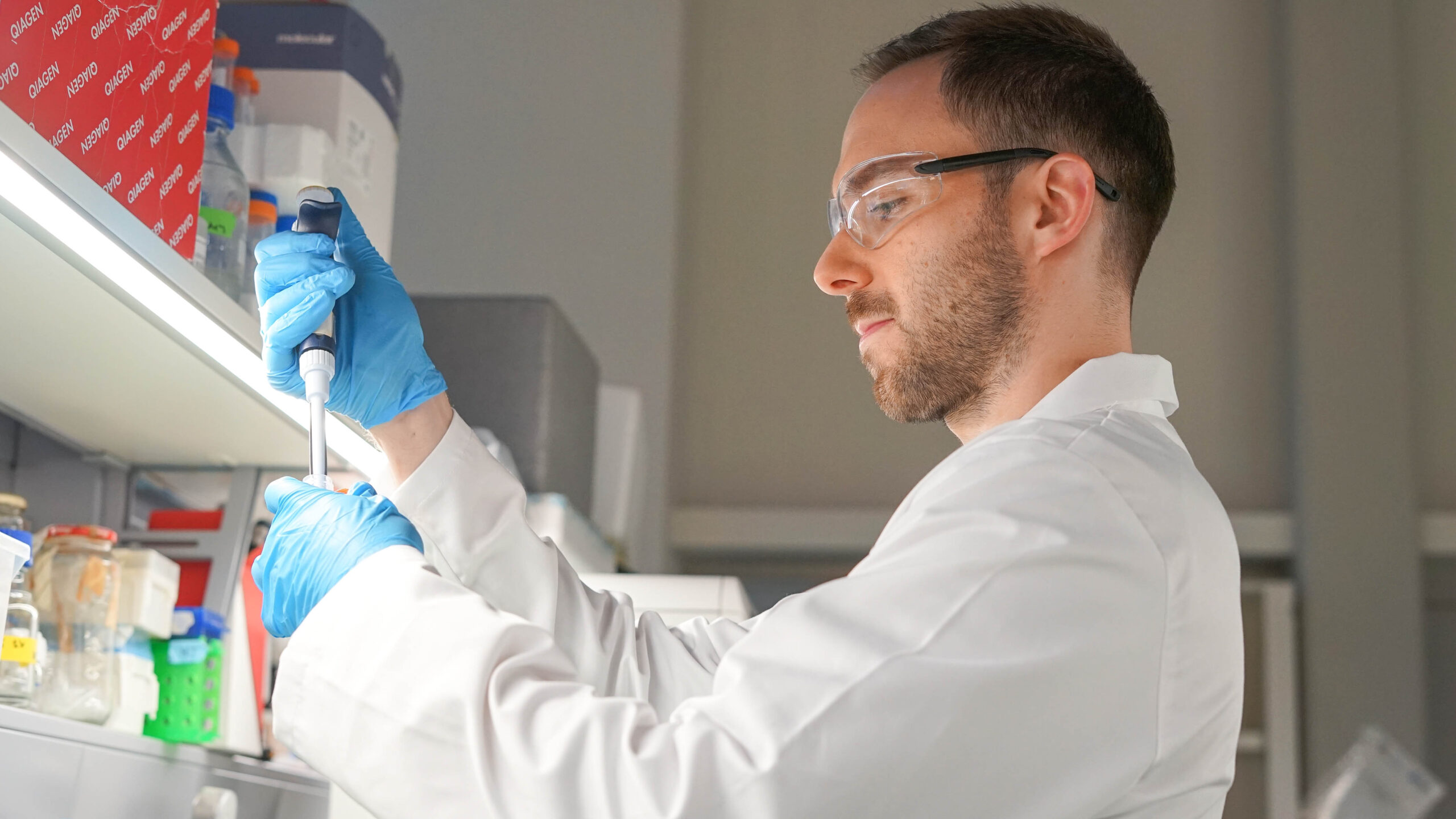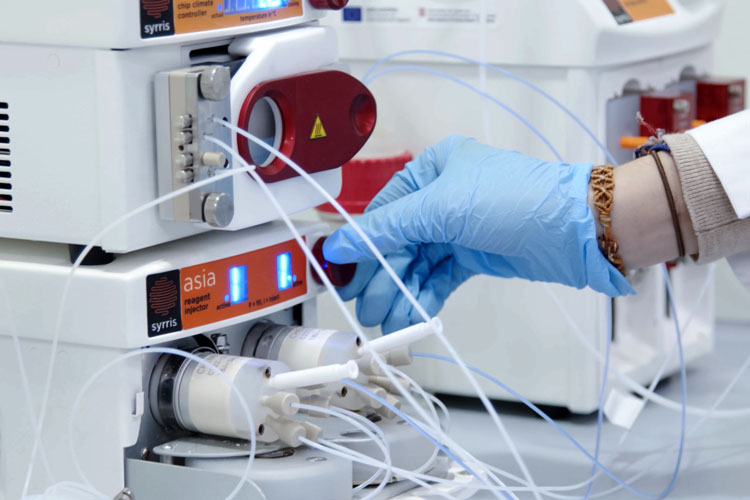The facilities and equipment at the CTPTI Continuous Chemical Processes Unit make it possible to apply new advanced manufacturing technologies in fine chemicals, which opens up the possibility of comprehensively developing safer, faster, and cleaner chemical processes.

The IQS Process Transfer and Integrative Technologies Centre (CTPTI), in operation since January 2020, is incorporating a Continuous Chemical Processes Unit (Flow Chem Unit) that is integrated within the Pharmaceutical Chemistry (GQF) research group. This unit includes laboratory equipment and a pilot plant that enable the development and industrial scaling of new advanced manufacturing technologies in fine chemistry.
Chemical synthesis is changing in response to the demands of a more conscious and sustainable world. A batch process can almost always be transformed into a flow process. For this reason, the fine chemistry industry is changing from traditional batch reactions to flow chemistry processes which are safer, faster, and cleaner in order to obtain active pharmaceutical ingredients, synthetic intermediates, nanomaterials, and all chemical products that are manufactured in quantities of up to 20 tonnes per year, such as pigments and colorants, food additives, herbicides and pesticides, and much more.
The Unit's permanent equipment includes two modular devices from the Syrris brand: one on a laboratory scale – what is called ASIA – and a larger one – the TITAN – for process scaling (kilolab), making it possible to work from microliter/minute to half litter/minute. In addition, we are designing and validating other “customised reactors” for special operations such as nanoparticle synthesis, photo-reactions, and gas-liquid reactions.
ASIA device
This device is equipped with different modules that allow great versatility in its use.
- A micro-reactor, equipped with its own temperature control system (Chip Climate Controller). This means it can operate at a temperature range between -15 to 150 ºC without the need for external energy input.
- Pressure control module (Back Pressure Regulator), which allows the working pressure to be adjusted up to 18 bar. This unit makes it possible to work at reaction temperatures above the boiling points of the solvents used, for example.
- Solution pressurization module (up to 2 bar)
- Reagent injection module, essentially for carrying out design of experiments (DoE).
- Two syringe pumps that allow pumping flow rates from 1μL/min to 10mL/min. Residence times – and therefore reaction times – are adjusted through flow control.
The modular system gives the device great versatility, making it possible to increase the work modules if necessary.
TITAN device
This device is designed to scale processes and obtain pilot batches.
Like the ASIA device, it consists of a series of modules including:
- A 64 mL coil reactor through which the reaction mixture circulates, at temperatures similar to the ASIA device (-15 to 150 ºC).
- The RIC (Rigid Intermodule Connector), which receives the flows from the pumps and passes them to a static mix called FMI. This assembly allows the connection of different reactors in a series, thus increasing the reaction volume or doing what is called telescopic reactions, including various synthesis steps.
- A pressure control module (Back Pressure Regulator).
- A mixture cooling module.
- Two independent syringe pumps which make it possible to work between 1 and 250 mL/min.
With the TITAN reactor, working up to 0.5 L/min is possible, which, for most fine chemical reactions, allows producing up to 3 kg/hour. For some pharmaceutical products (APIs) a company's annual production for these products can be reached in just a few days.
To acquire these devices within the framework of the File 2015 FEDER S-05 project, IQS has received co-financing from the European Regional Development Fund, granted by the Government of Catalonia's Ministry of Business and Knowledge, through the Directorate General of Research (File 2015 FEDER S-05). This grant forms part of the call for grants to select unique institutional projects to construct, acquire, equip, and/or substantially expand buildings for R&D infrastructure that make it possible to produce excellent research, attract talent, and develop knowledge transfer and valuation activities, which can be co-financed by the European Regional Development Fund (ERDF).

